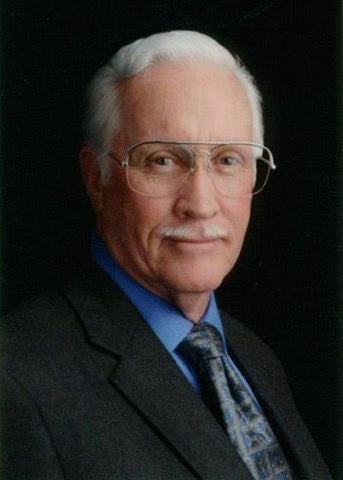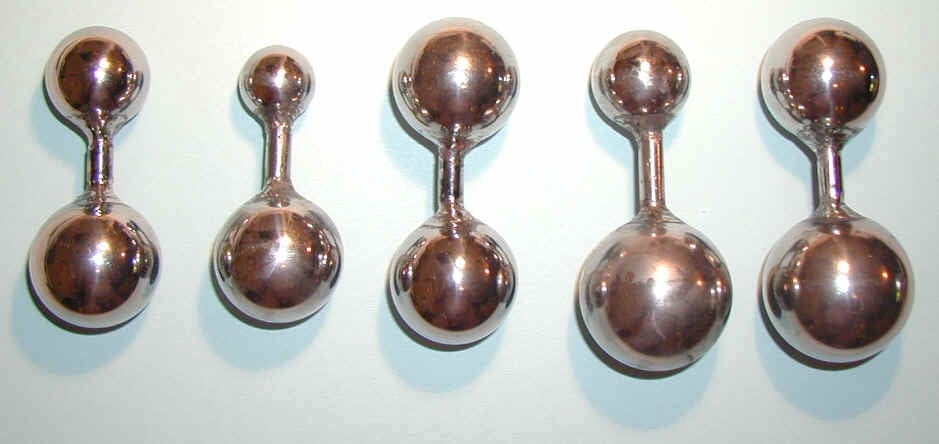I’ve been given all sorts of crazy names — the Father of Foreskin Restoration, the Guru of Foreskin Restoration, what have you — but I don’t need titles or accolades.
Personally, I was never unhappy about being circumcised. Nor was I ever mad or angry, as many men are, with my parents or the doctor or anyone else. I always just thought: It is the way it is. You just live with it. You put up with it.
But at some point, I did think, Who says I have to live with it? Maybe I can do something about it, and be more comfortable and have more enjoyment.
So I did.
When I was a kid, I remember my penis always feeling raw. The glans always felt abraded and uncomfortable. I wore my underwear a little small so nothing down there would move. As it was, I was constantly re-adjusting. I didn’t dwell on it or anything. I just dealt with things the best I could. Then, when I was 12 or 13, I went to a father and sons’ dinner at church and the fathers were talking about circumcision — whether or not to do it. It got me thinking about what it would be like if I hadn’t been circumcised.
After college I became a quality control engineer, overseeing the construction of major commercial buildings in the Bay Area. I did the main post office in San Francisco, a bridge at Mare Island, a hangar at Travis Air Force Base. Later, I was employed by the Central Contra Costa Sanitary District, and I oversaw the renovation of pump stations and other projects on the site.

I had five children. Three boys and two girls. The boys were circumcised; back then, for many people, circumcision was considered the modern thing to do. It was kind of automatic. Nobody debated or paid much attention to the issue.
In 1986, I saw a show on TV about the National Organization of Circumcision Information Resource Center. Coincidentally, it was in San Francisco, so I went. I remember they had a pamphlet there about foreskin restoration. At that point, I was 51 years old. My kids were nearly grown; I had divorced their mother for various reasons and had been living alone for many years.
The pamphlet had 66 pages. It had been put out by a dentist from Louisiana under a pseudonym. Inside, he described something called the Pondus Judaeus, a foreskin restoration device pioneered by Jews in Palestine during the second century before Christ, when the embrace of Hellenistic ideals led to persecution of Jews; laws were passed making circumcision punishable by death. Because nudity was prominent in Greek culture, especially on athletic fields and in public baths, Jews who wished to participate fully in society had two choices — hide their genitalia or restore their foreskins.
The Pondus Judaeus was essentially a weight made of bronze, copper or leather. It was affixed to the remaining foreskin and pulled downward. Unfortunately, no detailed description or illustration of the device has survived time.
The pamphlet also described a more modern, Rube Goldbergian device that employed medical tape and elastic-suspender things that tied to your knee or ankle. Even though I wasn’t an expert at the time, I was an engineer. I could see there was no way that contraption — or even some modern adaptation — was going to work.
I thought about it a while, and eventually, I got an idea. I phoned a company called Bearing Engineering in Emeryville, California. They made ball bearings out of stainless steel. I got two stainless steel ball bearings of different sizes.
I figured I could attach the smaller one to myself while the other ball bearing acts as a weight to put continuous tension on my foreskin. To attach them together, I took some waterproof tape and cut it in half, lengthwise, making it a quarter-inch wide. With this tape, I barrel-tied the balls together. To wear it, I took the smaller ball and placed it on top of my glans. I pulled my foreskin over it, then secured it by taping the skin down between the two balls — tight enough to hold the inner ball in. The outer ball, weighed 7 and a half ounces. It would hang down and put tension on my foreskin.

For the next 18 months, I wore my device five days a week. If it ever started to hurt, I took the device off. It should never hurt. I mean, you feel tension, but it doesn’t hurt. At the end of that time, my foreskin had elongated. I had three-quarters of an inch of overhang. It’s been that way now for 25 years. It’s comfortable and pleasurable.
I’ve had a few intact men ask me, “How long can I grow my foreskin?” I tell them, “You can get it down to your knees if you want.” There’s no limit on the amount of skin you can grow because what you’re doing isn’t stretching the skin, you’re actually putting enough tension on the skin that the cells undergo mitosis — that is, they grow new cells, just like when you get fat you grow new cells for skin to cover you. So you grow new skin, and it’s permanent.
In early 1990 — around the time I’d successfully restored — my massage therapist told me he was interested in restoring but hadn’t had much success. He wondered if I was interested in forming a group.
We put an ad in the local papers. Before you knew it we were each getting like 25 calls a week. I had no idea so many men felt exactly like we did. In February 1990, we had our first meeting, at his place. Eventually we decided to name the group NORM, the National Organization of Restoring Men.
NORM is a nonprofit organization; we provide information. Before the internet, I had 10 file drawers full of correspondence from men requesting information. Now I answer four or five emails a day. I’ve heard from men in Israel, Saudi Arabia, Russia, Germany, Africa, Japan, China, Australia, New Zealand, Brazil and Chile, to name just a few countries.

When I think about all the people I’ve dealt with, there’s a range of emotions they feel. I’ve had men tell me they feel abused by their circumcisions. I’ve heard men say they were so mad about it that they wanted to kill their parents, they wanted to kill the doctor, they wanted to sue the hospital. Generally, I have to say, the people that come to NORM feel very, very angry.
What we do is try to counsel them, to make them change their point of view. We try to let them know that they’ll maybe feel better about themselves if they do the restoration. All I have to do is speak from experience. I tell them about myself and what I did to recover my foreskin, and how it bettered my life.
When you restore your foreskin, in my experience, it’s much more pleasurable for her, because the skin acts like a little bit of a barrier between the penis and vagina, so the vagina doesn’t get so abraded. Of course, for men, it’s more pleasurable too. When you’re circumcised by modern practices, you lose a band of foreskin that contains something between 20,000 and 80,000 nerve endings. Obviously, that’s a lot of pleasure potential lost.
Not only that, but once I grew my foreskin, my lifelong discomfort was finally over. I’m not irritated anymore — I’m covered all the time and I can uncover myself if I want, or not. Clothing is more comfortable, my glans is more sensitive during sex. Everything is just more enjoyable.
Back in the 13th century, the rabbi Nahmanides said that if a woman slept with a man who was uncircumcised she would never go back to a circumcised man.
I don’t know if it’s true, but I’m not going to argue.
— As told to Adam Elder

